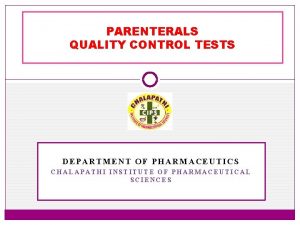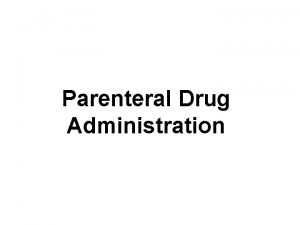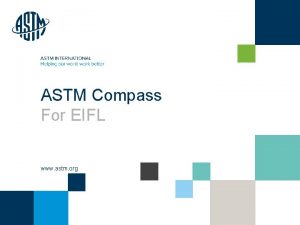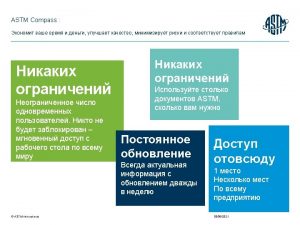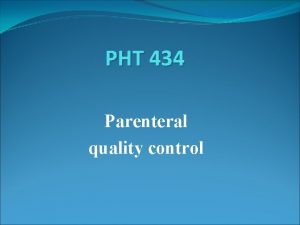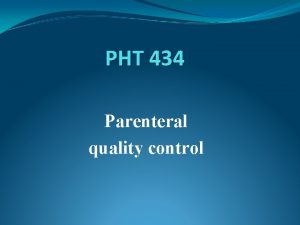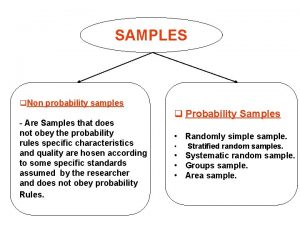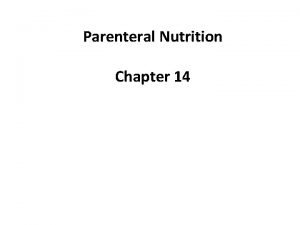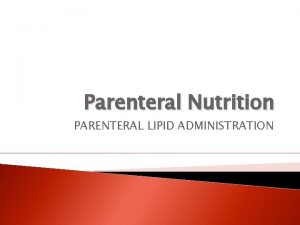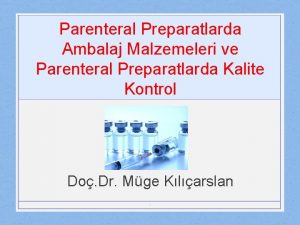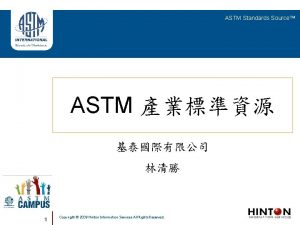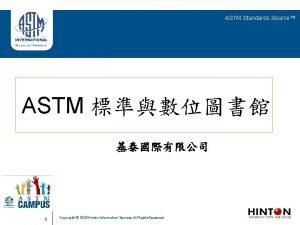POSITIVE CONTROL SAMPLES FOR PARENTERAL PRODUCT CLASSES ASTM





















- Slides: 21

POSITIVE CONTROL SAMPLES FOR PARENTERAL PRODUCT CLASSES ASTM F 02 Committee on Barrier Packaging

CHALLENGE • Various methods for positive controls • Dependent on package contents ØCompressible fluid (gas) ØNon-Compressible fluid (liquids) ØVarious liquid characteristics • “Proteinaceous product may interfere with defect detection. ” 1 1 Li, Lei. American Pharmaceutical Review. February 20, 2013. Container Development and Validation for Prefilled Syringes. Closure Integrity Testing Method

PARENTERAL TARGET LEAK SIZES Study Details: ØUsed pipettes. ØFull submersion and pressure cycling in microbial bath. ØLiquid continuously present on both sides of the defect. Kirsch, et al, PDA J Pharm Sci & Technol 51, 5, 1997 p. 200

POSITIVE CONTROL TYPES • Mechanical (drilling, puncture, crack formation, etc. ) • Pipette (“Sharp Edge”) • Capillary • Laser Drilled Defect • Controlled Air Flow Natural Vial Defect

DEFECT SIZE & GAS FLOW RATES ØDirect relationship between defect size and gas flow rate. ØVarious methods available to simulate gas flow rates.

LASER DRILLED DEFECTS Nominal hole size 5 µm

CAPILLARY (TUBE) DEFECTS Accuracy of a 20 micron ID capillary; Avg. = 20. 1 μm, σ = 0. 54 μm.

CAPILLARY FLOW RATE 30µ Pinhole – ~3. 26 sccm 30µ 20 mm Channel – ~0. 16 sccm 30µ 40 mm Channel – ~0. 08 sccm

PIPETTE GAS FLOW • Pipette tip formed to create specific diameter defect. • Certified with flowrate. • Sharp defect geometry. Target defect diameter at tip.

PIPETTE GAS FLOW RATE

COMPARABLE GAS FLOW RATES

PIPETTE MENISCUS Significant liquid surface area within pipette.

CAPILLARY ACTION Factors of Capillary Action Ø liquid-air surface tension(force/unit length), Ø θ is the contact angle, Ø ρ is the density of liquid Ø g is local acceleration due to gravity Ø r is radius of tube Thus the more narrow the space in which the water can travel, the further up it goes. Variables for Water: γ = 0. 0728 N/m at 20 °C, θ = 0° (cos(0) = 1), ρ is 1000 kg/m 3, and g = 9. 81 m/s 2.

PIPETTE MENISCUS 10 micron – 0. 48 mm meniscus diameter 5 micron – 0. 26 mm meniscus diameter

PIPETTE SUBMERSION 5 Micron - 15 Seconds Submersion 5 Micron - 1 Minute Submersion 5 Micron - 10 Minutes Submersion 10 Micron - 15 Seconds Submersion Damaged Pipette Tip – 5 seconds

PREFERENTIAL CONDITIONS “Proteinaceous product may interfere with defect detection. ” 1 Ø Pipettes draw liquid through the calibrated defect into Ø Naturally occurring defects and laser defects are the pipette cavity ahead of test. susceptible to blockage when testing. Ø Volume of liquid exposed to vacuum with low Ø Solutes may be deposited internal to the defect potential for solute blockage before test. passage during testing due to liquid vaporization. Ø Ideal condition for detection. Ø Not representative of naturally occurring defects. 1 Li, Lei. American Pharmaceutical Review. February 20, 2013. Container Development and Validation for Prefilled Syringes. Closure Integrity Testing Method

PIPETTE FLOW RATE COMPARISON

CAPILLARY ACTION AND DEEP VACUUM 1. 0 mm 3 of water exposed to the test chamber before any vacuum force, the liquid vaporization rate occurs would cause significant vacuum decay at deep vacuum regardless of the tip ID.

CAPILLARY LIQUID FLOW RATE Ø Liquid defects will similarly affect capillaries. Ø No sharp edge to simulate natural defect geometry. Ø The meniscus will produce a liquid surface area the same area of the internal geometry of the capillary.

LASER DRILLED DEFECTS Nominal hole size 5 µm “Better resembles natural defects in glass (cracks) and polymers (pinholes). ” 1 1 Li, Lei. American Pharmaceutical Review. February 20, 2013. Container Development and Validation for Prefilled Syringes. Closure Integrity Testing Method

CONCLUSION • A variety of positive control types provide accurate a reliable methods for creating defects for gas filled defects. • Micropipettes and capillaries acceptable for gas flow (dry product) leak testing. • Use of capillary and pipette defects will provide a unique circumstance, improving the detection capability of liquid defects with deep vacuum based methods.
 Retention period of finished product
Retention period of finished product What is positive and negative control
What is positive and negative control What is a negative control in an experiment
What is a negative control in an experiment Negative control vs positive control examples
Negative control vs positive control examples Classes e subclasses dos verbos
Classes e subclasses dos verbos Pre ap classes vs regular classes
Pre ap classes vs regular classes Clarity
Clarity Difference between process control and product control
Difference between process control and product control S. agalactiae catalase test
S. agalactiae catalase test What's 8 + 5
What's 8 + 5 Positive practice positive outcomes
Positive practice positive outcomes Formuö
Formuö Novell typiska drag
Novell typiska drag Tack för att ni lyssnade bild
Tack för att ni lyssnade bild Ekologiskt fotavtryck
Ekologiskt fotavtryck Varför kallas perioden 1918-1939 för mellankrigstiden?
Varför kallas perioden 1918-1939 för mellankrigstiden? En lathund för arbete med kontinuitetshantering
En lathund för arbete med kontinuitetshantering Adressändring ideell förening
Adressändring ideell förening Tidbok yrkesförare
Tidbok yrkesförare A gastrica
A gastrica Vad är densitet
Vad är densitet Datorkunskap för nybörjare
Datorkunskap för nybörjare






